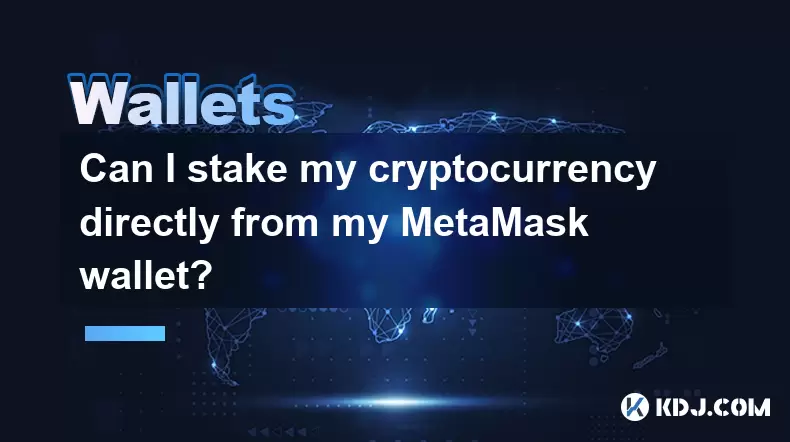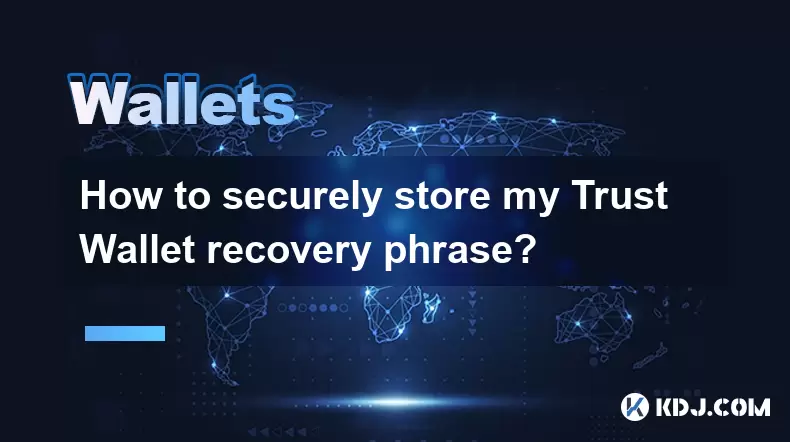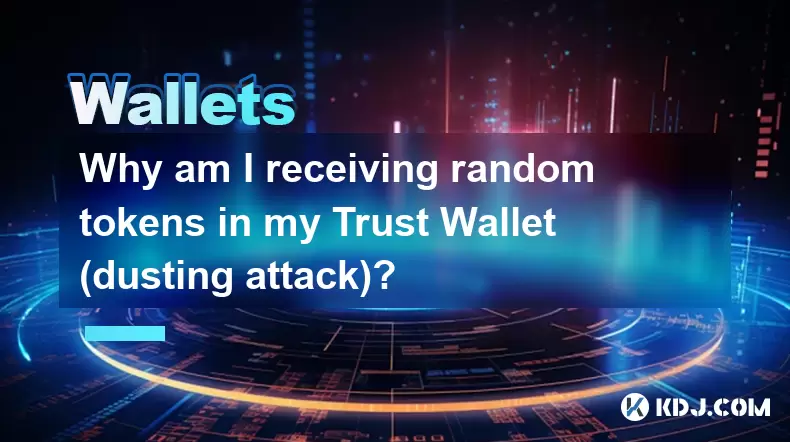-
 Bitcoin
Bitcoin $114200
0.00% -
 Ethereum
Ethereum $3637
0.56% -
 XRP
XRP $2.950
-2.01% -
 Tether USDt
Tether USDt $0.9999
0.02% -
 BNB
BNB $761.0
0.55% -
 Solana
Solana $164.1
-1.38% -
 USDC
USDC $0.9999
0.02% -
 TRON
TRON $0.3332
0.36% -
 Dogecoin
Dogecoin $0.2012
-0.52% -
 Cardano
Cardano $0.7261
-1.41% -
 Hyperliquid
Hyperliquid $37.62
-2.13% -
 Stellar
Stellar $0.3930
-2.65% -
 Sui
Sui $3.441
-0.16% -
 Bitcoin Cash
Bitcoin Cash $563.8
0.70% -
 Chainlink
Chainlink $16.50
0.09% -
 Hedera
Hedera $0.2424
-0.14% -
 Ethena USDe
Ethena USDe $1.001
0.01% -
 Avalanche
Avalanche $22.20
0.00% -
 Litecoin
Litecoin $118.0
-2.48% -
 UNUS SED LEO
UNUS SED LEO $8.991
0.12% -
 Toncoin
Toncoin $3.195
-3.87% -
 Shiba Inu
Shiba Inu $0.00001217
0.12% -
 Uniswap
Uniswap $9.674
-0.21% -
 Polkadot
Polkadot $3.633
1.00% -
 Monero
Monero $295.3
-0.82% -
 Dai
Dai $0.9999
0.00% -
 Bitget Token
Bitget Token $4.321
-0.41% -
 Cronos
Cronos $0.1392
0.73% -
 Pepe
Pepe $0.00001027
-0.89% -
 Aave
Aave $258.5
0.32%
Can I stake my cryptocurrency directly from my MetaMask wallet?
MetaMask doesn’t support direct staking, but you can stake ETH, MATIC, and other tokens via dApps like Lido or Rocket Pool by connecting your wallet.
Aug 06, 2025 at 07:29 am

Understanding Staking and MetaMask Wallet Capabilities
Staking is a process that allows cryptocurrency holders to participate in network validation by locking up their tokens to support blockchain operations such as block creation and transaction verification. In return, participants receive staking rewards in the form of additional tokens. Many users wonder whether they can perform this action directly within their MetaMask wallet, a popular browser extension and mobile app used to manage Ethereum and other EVM-compatible tokens.
While MetaMask itself does not natively support staking through its core interface, it serves as a powerful gateway to decentralized applications (dApps) that do offer staking services. This means users cannot stake by clicking a “Stake” button inside the wallet app, but they can connect MetaMask to external staking platforms. The wallet functions as a secure identity and transaction-signing tool, enabling access to staking protocols built on networks like Ethereum, Polygon, Binance Smart Chain, and others.
How MetaMask Enables Indirect Staking via dApps
To stake using MetaMask, users must interact with decentralized staking platforms accessible through web browsers or mobile dApp browsers. These platforms include well-known services such as Lido, Rocket Pool, Aave, and StakeWise. Each of these platforms allows users to stake assets like ETH, MATIC, or BNB by connecting their MetaMask wallet.
The process begins by navigating to the official website of a staking provider. Once there, users are prompted to connect their wallet. Clicking the “Connect Wallet” button typically reveals a list of available wallets, among which MetaMask is almost always present. After selecting MetaMask, a pop-up window appears, requesting permission to link the wallet. Upon approval, the platform gains read access to the wallet’s address and balance, but cannot withdraw funds without explicit transaction approval.
Once connected, users can proceed to deposit their tokens into the staking contract. For example, when staking ETH through Lido, the user enters the amount they wish to stake, reviews the transaction details, and then confirms it using MetaMask. The wallet will prompt the user to approve gas fees and finalize the transaction on the blockchain.
Step-by-Step Guide to Staking ETH Using MetaMask and Lido
- Navigate to the official Lido website (https://lido.fi) using a secure browser.
- Click on the “Connect Wallet” button located in the top-right corner.
- Select MetaMask from the list of wallet options.
- Confirm the connection request in the MetaMask pop-up window.
- Ensure your MetaMask wallet is set to the Ethereum Mainnet or the correct network where staking occurs.
- Enter the amount of ETH you wish to stake in the designated field.
- Click “Deposit” and review the estimated amount of stETH (staked ETH token) you will receive.
- Confirm the transaction in MetaMask, including the gas fee.
- Wait for the blockchain confirmation; the stETH tokens will appear in your wallet once processed.
This process illustrates how MetaMask acts as a bridge between the user and the staking smart contract. The actual staking occurs on-chain, while MetaMask only signs the transaction that authorizes the transfer of funds to the protocol.
Supported Tokens and Networks for Staking via MetaMask
MetaMask supports multiple blockchains, which expands staking opportunities across various ecosystems. Users can stake different tokens depending on the network their wallet is connected to. For instance:
- On Ethereum Mainnet, users can stake ETH via Lido or Rocket Pool to earn staking rewards and receive liquid staking tokens.
- On Polygon (MATIC) network, users can stake MATIC through platforms like QuickSwap or Polygon Wallet to participate in network security.
- On Binance Smart Chain, tokens such as BNB or CAKE can be staked through dApps like PancakeSwap.
To switch networks in MetaMask, click the network dropdown at the top of the interface and select the desired chain. If the network isn’t listed, you can manually add it by entering the RPC URL, chain ID, and currency symbol. Each staking platform will specify the required network, and connecting to the wrong one may result in failed transactions or loss of funds.
Security Considerations When Staking Through MetaMask
While staking via MetaMask-connected dApps is convenient, it carries security risks that users must mitigate. One major risk is interacting with phishing websites that mimic legitimate staking platforms. Always verify the URL of the staking service and avoid clicking on links from emails or social media.
Another concern is smart contract vulnerabilities. Since staking involves sending tokens to a third-party contract, users should only use platforms with audited code and a strong reputation. Checking community reviews, audit reports from firms like CertiK or OpenZeppelin, and total value locked (TVL) can help assess safety.
Additionally, never share your MetaMask seed phrase with any website or individual. Legitimate staking platforms will never ask for it. Transactions requiring approval in MetaMask are normal, but any site requesting your recovery phrase is fraudulent.
Frequently Asked Questions
Can I stake any ERC-20 token directly in MetaMask?
No, MetaMask does not support direct staking of ERC-20 tokens within the wallet interface. You must use a compatible decentralized application that supports staking for that specific token. Examples include Aave for lending-based staking or SushiSwap for liquidity pool staking.
What happens to my tokens when I stake through a dApp connected to MetaMask?
Your tokens are transferred to a smart contract controlled by the staking protocol. You retain ownership through receipt of liquid staking tokens (like stETH or ankrETH), which represent your stake and accrue rewards over time. These tokens remain in your MetaMask wallet and can often be traded or used in other DeFi applications.
Do I need to keep MetaMask open while staking?
No, once the staking transaction is confirmed on the blockchain, your tokens are actively staked. MetaMask does not need to remain open. Rewards accumulate automatically on-chain, and you can check your balance or claim rewards at any time by reconnecting to the staking platform.
Can I unstake my tokens through MetaMask?
Yes, most staking platforms provide an “Unstake” or “Withdraw” option within their dApp interface. After initiating the withdrawal, MetaMask will prompt you to confirm the transaction. Note that some protocols have cooldown periods or require queuing for unstaking, especially for Ethereum withdrawals post-merge.
Disclaimer:info@kdj.com
The information provided is not trading advice. kdj.com does not assume any responsibility for any investments made based on the information provided in this article. Cryptocurrencies are highly volatile and it is highly recommended that you invest with caution after thorough research!
If you believe that the content used on this website infringes your copyright, please contact us immediately (info@kdj.com) and we will delete it promptly.
- Binance, CZ, and the FTX Fallout: The $1.8 Billion Question
- 2025-08-06 18:30:12
- Brendan Rodgers, Celtic, and the Greg Taylor Role: A Tactical Conundrum
- 2025-08-06 18:50:12
- Coinbase Stock, Investment, and Earnings: Navigating Crypto's Tides
- 2025-08-06 18:55:54
- DALPY Coin: Investor Buzz Swirls Around Upcoming 'Game-Changing' Features
- 2025-08-06 18:30:12
- BlockchainFX: Your Ticket to 1000x Crypto Gains in '25?
- 2025-08-06 19:30:12
- Dogecoin Price, Technical Indicators, and Trader Sentiment: A NYC Perspective
- 2025-08-06 19:35:12
Related knowledge

How to add TRC20 token to Trust Wallet?
Aug 04,2025 at 11:35am
Understanding TRC20 and Trust Wallet CompatibilityTrust Wallet is a widely used cryptocurrency wallet that supports multiple blockchain networks, incl...

How to securely store my Trust Wallet recovery phrase?
Aug 06,2025 at 07:14am
Understanding the Importance of Your Trust Wallet Recovery PhraseYour Trust Wallet recovery phrase, also known as a seed phrase or mnemonic phrase, is...

How to change the currency in Trust Wallet?
Aug 06,2025 at 07:14pm
Understanding Currency Display in Trust WalletTrust Wallet does not allow users to change the base currency used for valuation in the same way traditi...

Why am I receiving random tokens in my Trust Wallet (dusting attack)?
Aug 06,2025 at 10:57am
What Is a Dusting Attack in the Cryptocurrency Space?A dusting attack occurs when malicious actors send minuscule amounts of cryptocurrency—often frac...

What is a watch-only wallet in Trust Wallet?
Aug 02,2025 at 03:36am
Understanding the Concept of a Watch-Only WalletA watch-only wallet in Trust Wallet allows users to monitor a cryptocurrency address without having ac...

Why can't I connect my Trust Wallet to a DApp?
Aug 04,2025 at 12:00pm
Understanding DApp Connectivity and Trust WalletConnecting your Trust Wallet to a decentralized application (DApp) is a common process in the cryptocu...

How to add TRC20 token to Trust Wallet?
Aug 04,2025 at 11:35am
Understanding TRC20 and Trust Wallet CompatibilityTrust Wallet is a widely used cryptocurrency wallet that supports multiple blockchain networks, incl...

How to securely store my Trust Wallet recovery phrase?
Aug 06,2025 at 07:14am
Understanding the Importance of Your Trust Wallet Recovery PhraseYour Trust Wallet recovery phrase, also known as a seed phrase or mnemonic phrase, is...

How to change the currency in Trust Wallet?
Aug 06,2025 at 07:14pm
Understanding Currency Display in Trust WalletTrust Wallet does not allow users to change the base currency used for valuation in the same way traditi...

Why am I receiving random tokens in my Trust Wallet (dusting attack)?
Aug 06,2025 at 10:57am
What Is a Dusting Attack in the Cryptocurrency Space?A dusting attack occurs when malicious actors send minuscule amounts of cryptocurrency—often frac...

What is a watch-only wallet in Trust Wallet?
Aug 02,2025 at 03:36am
Understanding the Concept of a Watch-Only WalletA watch-only wallet in Trust Wallet allows users to monitor a cryptocurrency address without having ac...

Why can't I connect my Trust Wallet to a DApp?
Aug 04,2025 at 12:00pm
Understanding DApp Connectivity and Trust WalletConnecting your Trust Wallet to a decentralized application (DApp) is a common process in the cryptocu...
See all articles

























































































